Maldon Hospital is now part of Dhelkaya Health
Visit our new website here.
Dhelkaya Health brings together Castlemaine Health, Maldon Hospital and CHIRP Community Health. We’re here to help you and your family live happier and healthier lives at all ages in the Mount Alexander Shire, and beyond.
